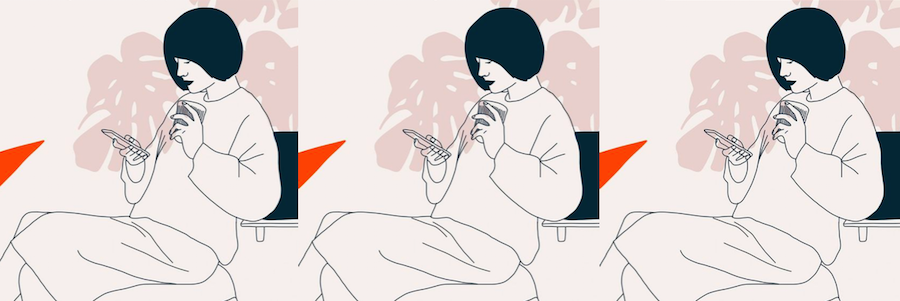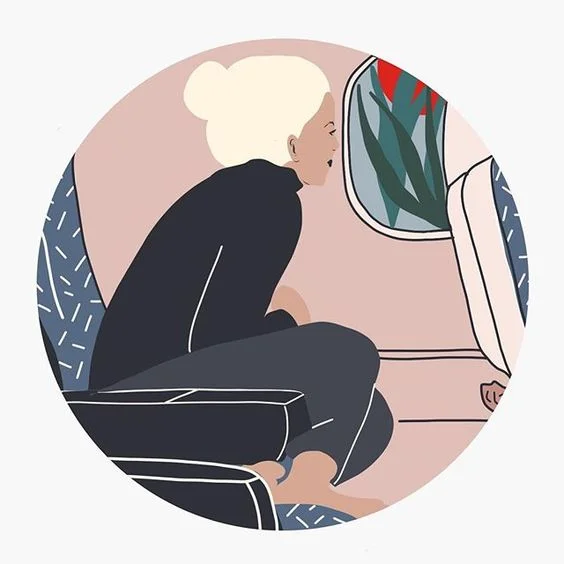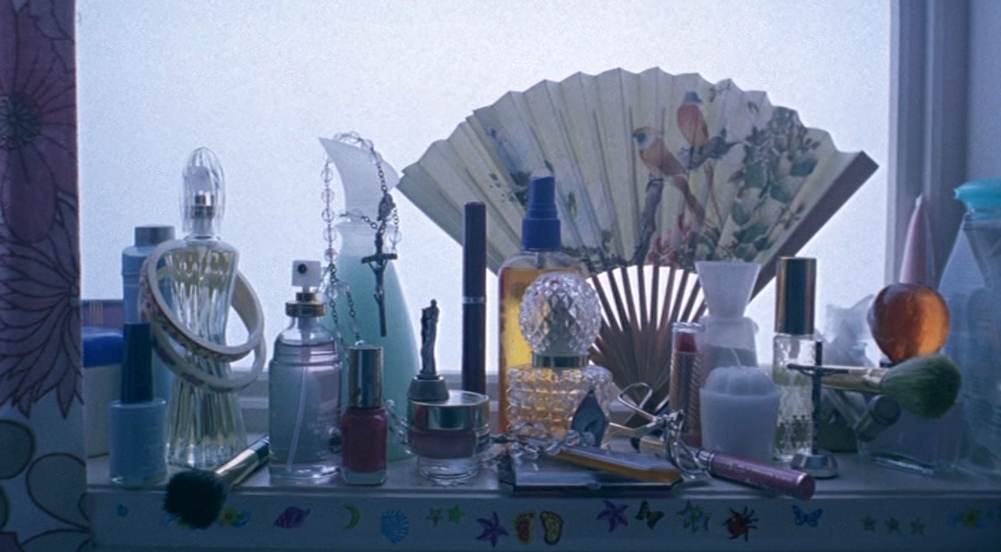Multitasking Is A Balancing Act
*illustrations by Michelle Mildenberg
by Elena Chen
In the age of information abundance and varied choice, multitasking has become an invaluable skill and asset. But how do we perfect the balance between doing a lot that we enjoy and just doing a lot because we don’t feel we’re doing enough? And scientists have actually pointed out that there are dangers to multitasking. FOMO and the productivity narrative keep us on our A game, but sometimes it can seem as if not being on our A game feels wrong. How do we navigate ourselves through the source of endless distraction and opportunity --- the internet? With all the ways the life could turn nowadays, how do we manage the aftermath of a challenged “one life one career” mentality?
I think there are several things which are important to note about the dangers of multitasking, beyond the science:
It will be anxiety inducing when the pressure of perfection is the only benchmark of success. No one can do it all, all the time, incessantly, perfectly. And no one has to.
It will not be fulfilling if the narrative behind multitasking is one ridden with fear: fear of missing out, fear of laziness, fear of falling behind, fear of unproductivity, fear of not meeting certain expectations. Work and work hard because you believe in the cause, because you see something positive coming out of it, and because it rewards you.
Never before have human beings been able to satisfy their curiosity as much as in the 21st century. Through the internet, we traverse time and space, experiencing an audio-visual feast of sights, cuisines, cultures, and knowledge systems. Not only so, it ties us to the opportunities that may have never reached us otherwise. Social media platforms, ranging from Instagram to Youtube to Linkedin to Twitter, providing us with an inordinate amount of accessibility to one another and our talents, leading to connections and collaborations being made in parts of the world that may not have even known of one another’s existence before. The internet shows us the world and tells us: be curious, there is so much interesting stuff to know. But more than that, it is telling us: there is so much interesting stuff to experience.
Here’s the caveat: we will want to venture into newfound knowledge we’re exposed to through the internet and experience what those different worlds are like. What is Kuala Lumpur like in September, what do the food markets in London sell. What is it like to be Instafamous, what does it mean to be a Fashion Youtuber in California, or making a living off of social media. Now we can be student and entrepreneur, photographer/model/videographer, the roles and jobs and skills and opportunities seem endless.
So what do we do? We love how varied our lives have become and what these different roles adds to our character and experiences. The people we meet and the projects we get. Do we make sacrifices or do we charge on with all the plates we carry, balls up in the air?
The beauty of multitasking is that it asks of you to really know what matters to you. And this can be hard because we have to say no to things and aren’t given the opportunity in some other things. But it is also a joy and opportunity that has been offered to us that no other generation previous to the internet will know of.
So how do we actually implement this?
Be attuned to how you FEEL.
It’s an emotional exercise. Everyone has their own limits and you need to know yours to understand how much you can simultaneously handle at once. Stay on top of things, make notes, and set reminders but don’t overwhelm yourself. It may sound like a luxury to only do one thing at a time but it’s when we’re present and focused on a task that we perform our best.
We don’t actually multitask, we time manage.
Besides, we can’t actually do two things at once. In fact, here’s an article that says it’s dangerous to attempt to do more than one thing at once. BUT, we can have it that two things go on at once because of our doing (Like putting something to bake in the oven AND watching a show in the meantime) or that we do more or less things in a day. Whilst multitasking can’t be taken for its literal meaning, it is very valuable to be able to time manage with expertise. Make a schedule, a daily one, a monthly one, and a yearly one. Be organised and diligent. Hone in on the skill of organisation, it will change your life.
Be honest.
We all want to do more with less. Overachieving can be a tumble down a slippery slope into a burn-out. Some tasks may be more emotionally taxing than others. Some projects may be more physically demanding. It’s a balancing act between realising your potential and being to appreciate that sense of fulfillment. Be honest with how much you can handle, and be proud of it. Some people do better with long hours of focus and concentration on one task, others are more present by redirecting their attention to several different tasks in a day. We have to be honest with ourselves to know how we work, and to adjust our multitasking schedules accordingly.
Be generous.
If you want to enjoy the process and state of have many ongoing projects at once, you have to give yourself the headspace and time to do so. Be generous in your estimation of how long things will take, the chances that things may be longer than your estimation, and account for the things that could decide to turn out differently.
Optimize and Maximize Satisfaction.
If there are things you could get better at doing, try and get better at it. Although there are no shortcuts in life, keyboard shortcuts can be life-savers (FYI: Command + W closes the most recent tab on a Mac). In 2014, it was measured that 84% of Americans have a computer in the household. Here’s an article published in 2017 on smartphone use and how much information it brings us. Being more aware of how our devices function give us more capability, constructing pdfs from photos, using PowerPoint to remove the background of a photo, can all come in handy in some way or another, especially when you’re trying to implement different skills on different projects. Apply this philosophy unilaterally, and with patience. Are there better routes to certain places? Are there better sights one way over another? Do some songs make you feel more empowered than others? Would you be keen on cycling inside of walking or driving? Are some bike models more to your liking than others? Optimize and maximize your satisfaction in doing things.
Ask for things.
People are a great source of knowledge. I’ve asked countless people where they’ve gotten their shoes from, how they think I should get from point A to point B (so there actually is a faster way to get to the restroom), and where the best place to eat is around here (by here I mean anywhere I am). Ask people to share, and they just might. They might even give you that opportunity, that job, that project, introduction, recipe, whatever it is.

























